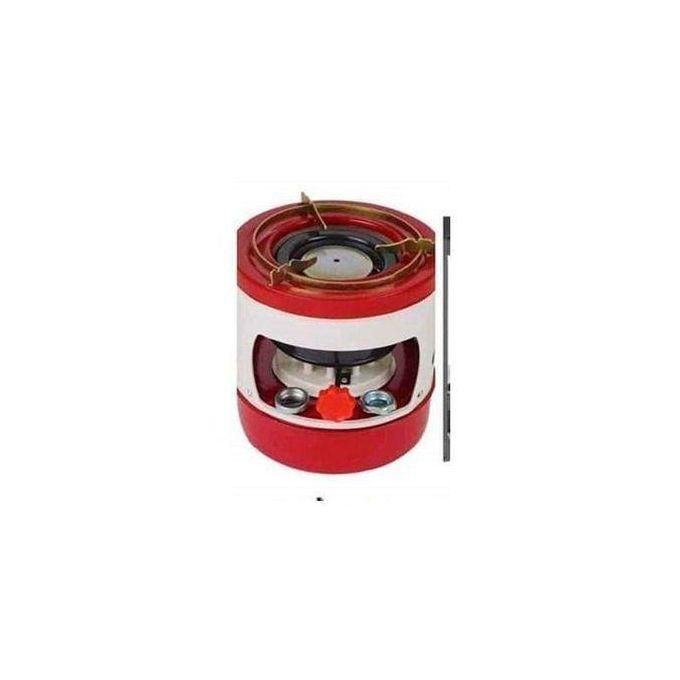+256200959991
Need Help ? Call Now

The Firewheel Paraffin Cooking Stove in Red and White is a popular, compact, wick-type kerosene stove widely used in households for daily cooking, particularly in areas where electricity or gas may be unreliable or unavailable.
Here is a breakdown of the typical features and characteristics:
Key Features and SpecificationsFeatureDescriptionType of StoveParaffin/Kerosene Wick Stove (often referred to interchangeably). It uses a wick (usually 10 to 14 wicks) to draw the liquid fuel (paraffin or kerosene) up to the burner for lighting.BrandFirewheelDesignTypically a sturdy, simple design with a metallic or enamel finish. The common red and white coloring refers to the finish of the body and the kerosene tank.Fuel Tank CapacityVaries by model (e.g., Model 44 is reported to have a 3-liter tank), but generally sized for practical daily use.Fuel EfficiencyDesigned to be fuel-efficient, consuming a relatively low amount of kerosene (e.g., $\approx 0.16 \text{ L/H}$ for some models).Continuous DurationCan burn for many hours on a full tank (e.g., up to $\approx 18 \text{ hours}$ for some models).OperationThe heat/flame is controlled by raising or lowering the wick mechanism via a side knob.Intended UseSuitable for all general cooking purposes, offering a reliable, non-electric alternative for both indoor and outdoor use.Safety/MaintenanceGenerally requires simple maintenance like regular cleaning and periodic wick replacement. Users are advised to be cautious, ensure proper ventilation, and avoid refueling while the stove is in use.How Kerosene Wick Stoves WorkThe "Firewheel" stove is a classic example of a gravity-fed, wick-type stove:
Fuel Supply: Kerosene (paraffin) is held in the fuel tank at the base.
Capillary Action: A series of fabric or fiberglass wicks are dipped into the kerosene and draw the fuel up toward the burner through capillary action.1
Burning: When the wicks are lit, the flame heats the kerosene, causing it to vaporize near the top of the wick.2 This kerosene vapor then mixes with air to create a stable, blue or yellow flame.3
Heat Control: A control knob or lever is used to raise or lower the wicks.4 Raising the wicks produces a larger flame (more heat), and lowering them reduces the flame size.5
Top products in this month.